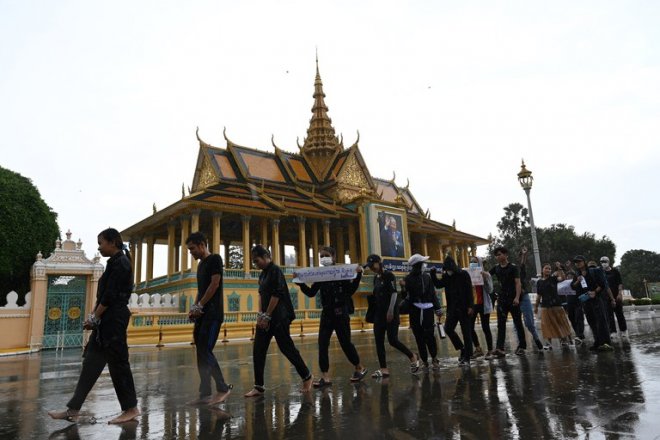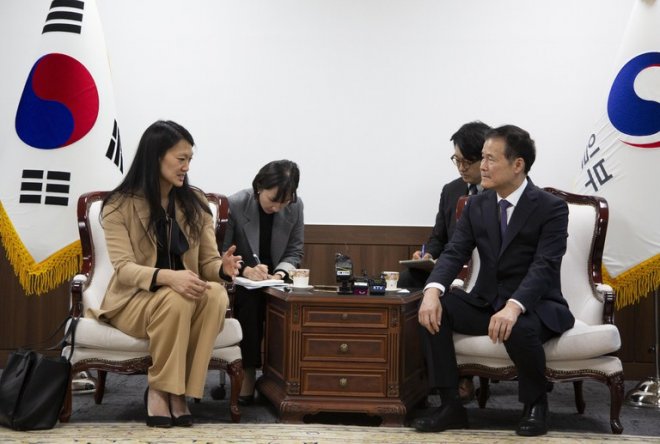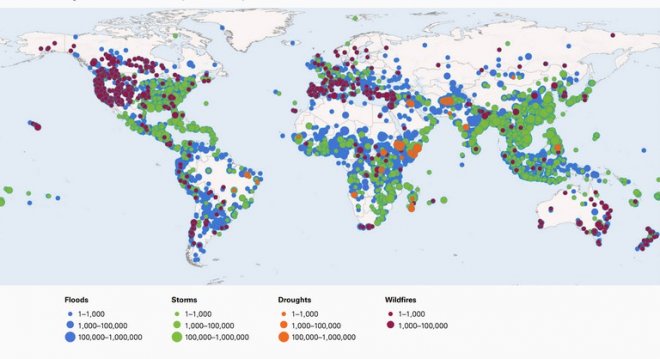Chinese photographer displays rare photos of 2008 crackdown in Tibet capital Lhasa
In March 2018, the Tibetan regional capital Lhasa was seething with protests over long standing grievances about harsh Chinese rule in the Himalayan region. By October the city had recorded several hundred such protests, which were met by a heavy Chinese crackdown that Tibetan sources say claimed as many as 400 lives. Sympathy demonstrations were held around the world, including some that interrupted the Olympic torch relay in European capitals for the 2008 Beijing Olympics.
Yu Chi, a Chinese engineer and enthusiastic amateur photographer, entered the city on March 15, days after protests had erupted. A friend from Lhasa had warned the group he was traveling with to turn back the day before, but they had decided to press on.
Upon entering Lhasa, Yu saw “military police at every turn of every intersection, checking vehicles in every direction” and photographed the Chinese government"s crackdown.
He later sneaked the memory card containing protest and crackdown images past the police roadblocks on his return home. In 2022, Yu smuggled the developed photos out of China when he and his family emigrated to the United States.
The family left China because “We can’t bear the Chinese Communist Party’s political tyranny or their unrestrained control over freedom of speech,” he told Radio Free Asia.
“We don"t want our children to continue their education under this kind of slavery."
On Jan. 13, he publicly displayed his Lhasa images for the first time at an art exhibition he titled “A Chinese Engineer’s View of China"s Colonization of Tibet” hosted by the Washington, D.C. office of the Central Tibetan Administration, the region’s India-based government in exile.
"Younger Tibetans are taking fewer classes in their own language, Tibetan culture is not reflected in their textbooks, and Communist Party education is emphasized at every turn. To me, that"s a school system meant to make Tibet less Tibetan. That"s colonization,” he said.
Yu pointed to a photo he took of an armored car packed with soldiers who were escorting arrested Tibetan protesters. There were five or six such cars, and “we observed that each of these cars had ten people on it, each of whom was held down by two armed police officers with batons crushing their heads against the side of the car,” he said.
Another photo shows the license plate of an armored car covered by newspapers.
"I think it was likely a military vehicle. It’s understood that the military should defend a country, not conduct internal repression. They covered the vehicle’s license plate to try and hide its connection to the military,” said Yu.
Yu took the photos “just to show everybody how the Chinese government dealt with those peaceful civilian protests. I think that sending police to watch a peaceful protest is fine. But in our country, what do you see? Armored cars and troops on the streets"
Since 2009, hundreds of Tibetans have burned themselves to death in self-immolation protests, and Yu says he can’t forget them and the circumstances that motivate their sacrifices.
"These cases of self-immolation arise from a great weight on the body and mind. With no way to voice what they want to say– and not wanting to hurt others–these people sacrificed themselves to wake everyone up. These were forced tragedies."
[圖擷取自網路,如有疑問請私訊]
Yu Chi, a Chinese engineer and enthusiastic amateur photographer, entered the city on March 15, days after protests had erupted. A friend from Lhasa had warned the group he was traveling with to turn back the day before, but they had decided to press on.
Upon entering Lhasa, Yu saw “military police at every turn of every intersection, checking vehicles in every direction” and photographed the Chinese government"s crackdown.
He later sneaked the memory card containing protest and crackdown images past the police roadblocks on his return home. In 2022, Yu smuggled the developed photos out of China when he and his family emigrated to the United States.
The family left China because “We can’t bear the Chinese Communist Party’s political tyranny or their unrestrained control over freedom of speech,” he told Radio Free Asia.
“We don"t want our children to continue their education under this kind of slavery."
On Jan. 13, he publicly displayed his Lhasa images for the first time at an art exhibition he titled “A Chinese Engineer’s View of China"s Colonization of Tibet” hosted by the Washington, D.C. office of the Central Tibetan Administration, the region’s India-based government in exile.
"Younger Tibetans are taking fewer classes in their own language, Tibetan culture is not reflected in their textbooks, and Communist Party education is emphasized at every turn. To me, that"s a school system meant to make Tibet less Tibetan. That"s colonization,” he said.
Yu pointed to a photo he took of an armored car packed with soldiers who were escorting arrested Tibetan protesters. There were five or six such cars, and “we observed that each of these cars had ten people on it, each of whom was held down by two armed police officers with batons crushing their heads against the side of the car,” he said.
Another photo shows the license plate of an armored car covered by newspapers.
"I think it was likely a military vehicle. It’s understood that the military should defend a country, not conduct internal repression. They covered the vehicle’s license plate to try and hide its connection to the military,” said Yu.
Yu took the photos “just to show everybody how the Chinese government dealt with those peaceful civilian protests. I think that sending police to watch a peaceful protest is fine. But in our country, what do you see? Armored cars and troops on the streets"
Since 2009, hundreds of Tibetans have burned themselves to death in self-immolation protests, and Yu says he can’t forget them and the circumstances that motivate their sacrifices.
"These cases of self-immolation arise from a great weight on the body and mind. With no way to voice what they want to say– and not wanting to hurt others–these people sacrificed themselves to wake everyone up. These were forced tragedies."
[圖擷取自網路,如有疑問請私訊]
|
本篇 |
不想錯過? 請追蹤FB專頁! |
| 喜歡這篇嗎?快分享吧! |
相關文章
AsianNewsCast



















